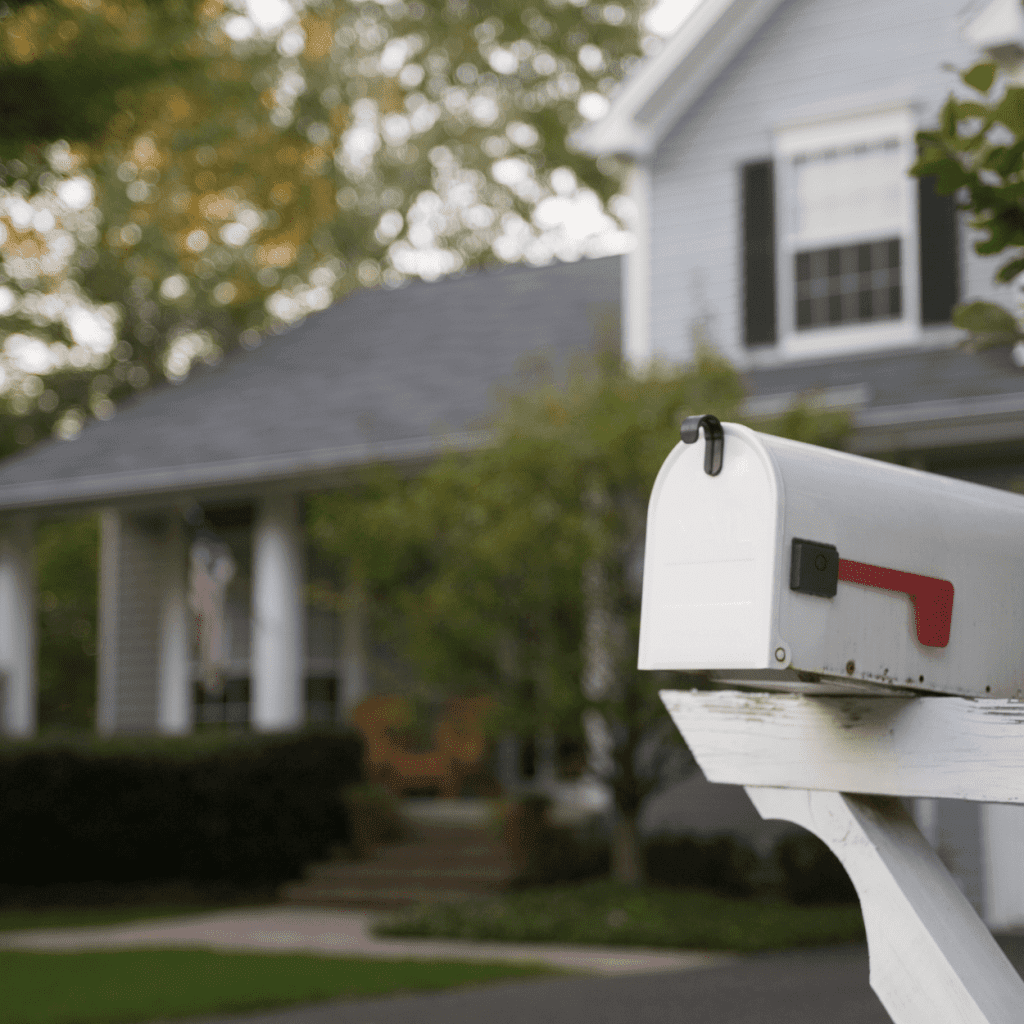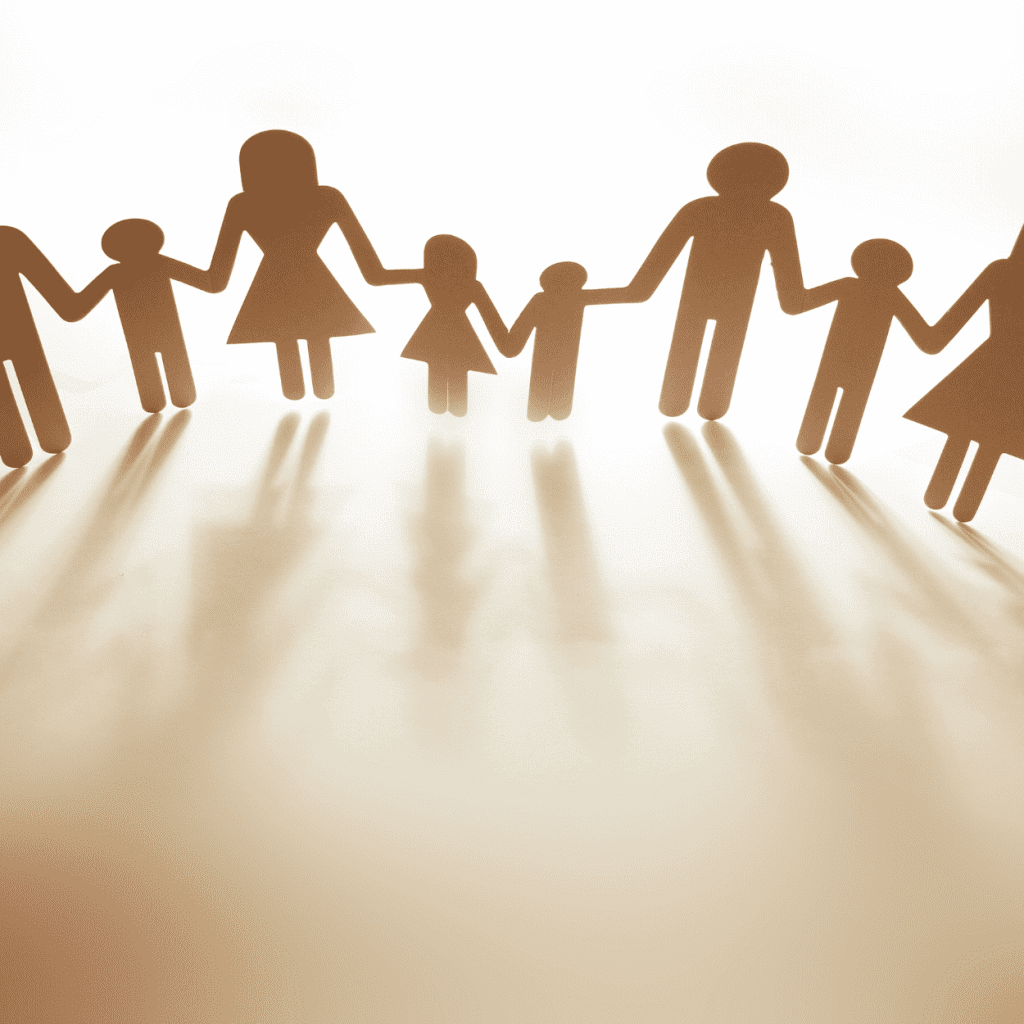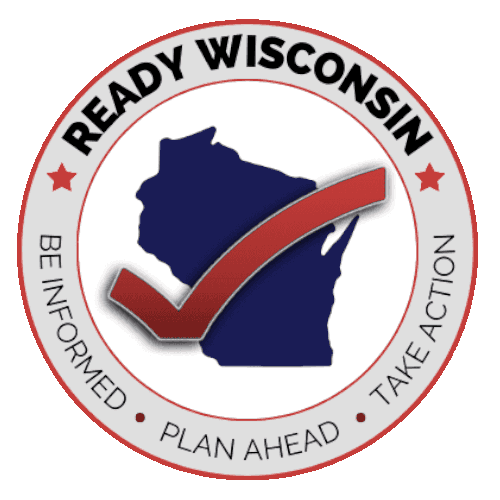The likelihood that you and your family will recover from an emergency tomorrow often depends on the planning and preparation done today. While each person’s abilities and needs are unique, everyone can take steps to prepare for emergencies.
Don’t forget to think about specific needs. Those needs change over time, and your emergency plan should be updated regularly.
Teach children how and when to call 9-1-1 for emergency help.
FEMA provides several different types of plans you can download, fill out, and print. They include:

Choose a Safe Spot
Depending on the emergency, you may have to move to a different location inside your home or leave your home for a safer location.
Designate safe rooms within your home. They should have as few windows or doors as possible and access to television, radio, or cell phone service. Make sure you have enough supplies and can access your emergency kit.
If you need to leave your home, identify and practice how you will exit safely and quickly. Establish possible evacuation routes to ensure you can get to a designated meeting location. Also identify available modes of transportation.
Choosing a Meeting Location
Your family may not be together if a disaster strikes. Know how you will contact one another and reconnect if separated.
Establish a family meeting place that is familiar and easy to find. Choose a safe, familiar, and accessible places where your family can go for protection or to reunite.
Consider places in your neighborhood and outside your town so you’re prepared for any situation. Examples to consider:
- A tree or mailbox in a neighbor’s yard.
- A grocery store parking lot for if it’s not possible to get home.
- A restaurant parking lot in a neighboring town.
If you need to leave your home and time allows:
- Lock doors and windows
- Unplug electrical equipment
- If instructed to do so, shut off water, gas and electricity before leaving


Choosing Contacts
During a disaster, getting in touch with family members may be difficult. Pick the same person for each family member to contact. Choose someone out of town that may be easier to reach in a disaster.
If you are in an emergency area, and you are NOT in danger, it is sometimes easier to send a text message. Cell phone networks may become congested following a disaster, which can make voice calling difficult
Complete a contact card for each family member. Have family members keep these cards handy in a wallet, purse, backpack, etc. You may want to send one to school with each child to keep on file. For family members who have mobile phones, make sure those numbers are programmed into them.
Once your family plan is in place, the next step is to create an Emergency Kit. Visit our Emergency Kit resource page for detailed guidance on the supplies and essentials you should include to be fully prepared.

